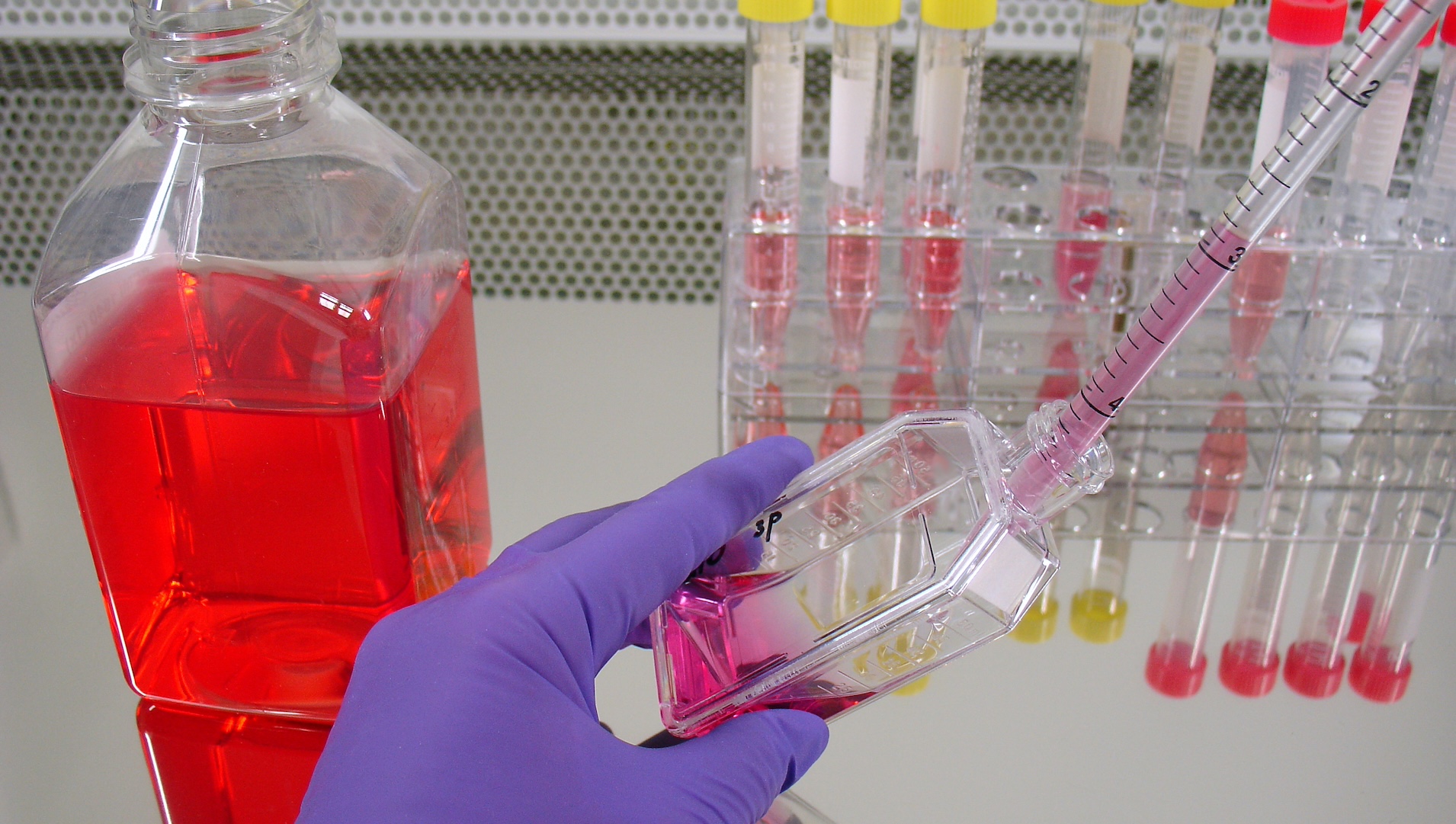
In an extremely rare case, a patient who received a cell-based cancer treatment later developed a second cancer that arose from the treatment itself.
Known as chimeric antigen receptor (CAR) T-cell therapy, the treatment involves harvesting a patient's immune cells and genetically modifying them to target and attack specific types of cancers, including lymphomas, leukemias and multiple myeloma. For many people, the treatment has been life-changing — however, as the first CAR T-cell therapy was only approved in 2017, scientists are still learning about the treatment's benefits and risks.
Secondary cancers are known to occur in 4% to 16% of people following chemotherapy and radiation therapy, but so far, only about 20 cases of T-cell cancer after CAR T therapy have been reported to the Food and Drug Administration (FDA) Adverse Events Reporting System database. Given that more than 34,000 people in the U.S. have received the treatment, CAR-related secondary cancers appear quite rare.
Despite the low risk, these sporadic cases have drawn scrutiny from the FDA and left the research community with unanswered questions about the underlying causes and potential risk of CAR-related secondary cancers. The FDA maintains that the overall benefit of these therapies outweighs potential risks, but the agency wants to better understand the risks, nonetheless.
Related: In a 1st, scientists use designer immune cells to send an autoimmune disease into remission
Now, a new case study, published Tuesday (June 12) in The New England Journal of Medicine, provides important insight into secondary cancers that may arise following CAR T-cell therapy.
The report details the case of a 71-year-old woman with a history of multiple myeloma, a type of cancer that affects immune cells in the blood. The patient developed severe gastrointestinal symptoms four months after receiving CAR T-cell therapy. Upon further investigation, her doctors found that she had developed a new cancer in her intestinal tract.
The tumor was CAR-positive, indicating that the cancer had arisen from one of the immune cells modified for the woman's treatment.
"In the case of this patient, what is called a helper T cell, an essential infection-fighting cell, unexpectedly was the culprit," first study author Dr. Metin Ozdemirli, a professor of pathology at Georgetown University School of Medicine and attending physician and director of hematopathology and hematology laboratories at MedStar Georgetown University Hospital, said in a statement.
However, it's not clear whether modifying the T cell actually caused the secondary cancer to develop or whether the cell was already precancerous or cancerous and the introduction of CAR was irrelevant, Dr. Paul Maciocia, a consultant hematologist and clinician scientist who specializes in CAR T-cell therapy at University College London and was not involved in the case, told Live Science in an email.
A closer look at the woman's tumor revealed that the CAR-positive cancer cells had unusual changes in their genetic material. These changes likely arose as a result of the CAR-T modification process, during which a virus is used to randomly inject new DNA into the genome of the harvested immune cells. This modification enables the cells to seek out and kill cancer when they are reintroduced into the patient.
In the case of the 71-year-old woman, however, researchers did not find any significant genetic changes that would directly explain why the CAR T cells became cancerous.
The risk of secondary cancers in a given patient is difficult to gauge because everyone's genome is unique and the gene insertion by viruses in CAR-T is random, said Leonardo Ferreira, an assistant professor of immunology at the Medical University of South Carolina who was not involved in the research. Thus, the case study makes a powerful argument for analyzing the DNA of CAR T cells before infusing them into the patient, Ferreira told Live Science in an email. This final check could help clinicians ensure they're not introducing potentially cancerous cells back into the body.
Scientists could also explore more targeted approaches to tweaking immune cells, such as using CRISPR-Cas9, Ferreira added. In the woman's case, it's unclear whether the modification process pushed her cells to become cancerous — but a more-precise DNA editing approach may reduce the chance of that happening.
For now, it's crucial to emphasize that these secondary cancers are extremely rare.
"While vigilance is essential with a new class of therapy, patients, physicians and regulators should in my view not be unduly concerned about the risk of CAR-positive T-cell lymphoma," Maciocia said. "For almost all CAR-T recipients, the potentially life-saving benefit of CAR-T is likely to outweigh this risk."
Editor's note: This article was updated shortly after publishing to update Leonardo Ferreira's job title and affiliation.
This article is for informational purposes only and is not meant to offer medical advice.
Ever wonder why some people build muscle more easily than others or why freckles come out in the sun? Send us your questions about how the human body works to community@livescience.com with the subject line "Health Desk Q," and you may see your question answered on the website!







